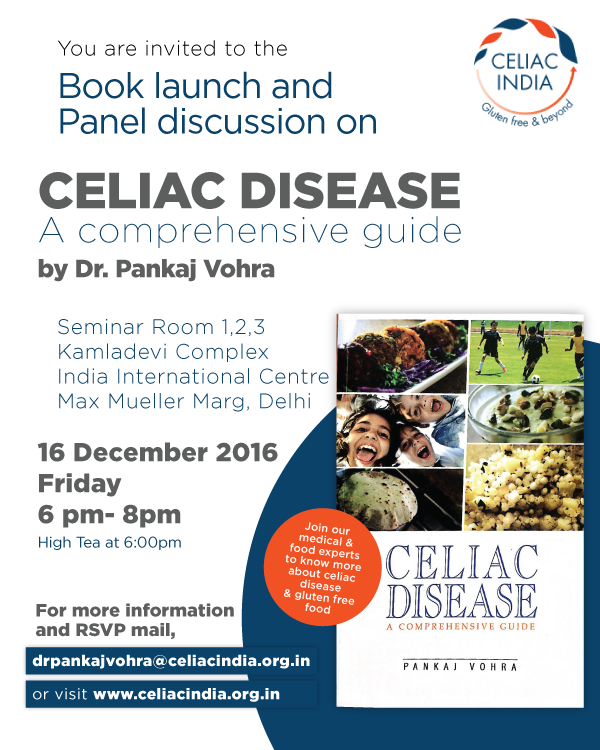Unsafe items: Gluten due to cross-contamination
Cross-contamination occurs when a gluten containing item comes in contact with a gluten free item.
A food item may get contaminated with gluten
- If it’s manufactured on the same line as an item containing gluten.
- If there is any contamination at the time of sourcing, storing, manufacturing, packaging or serving the product.
In some countries, it is imperative for manufacturers to follow ‘good manufacturing practices’ to control cross-contamination and to declare such information on the packaging. In India, we do not have such a requirement at present though some companies do declare such information voluntarily. It is hence important to write to the manufacturer to obtain this information. You could use our sample letter to write to them.
Food items prepared in commercial kitchens and even home kitchens are vulnerable to being contaminated with gluten in similar ways. Care should be taken while storing, cooking and serving to ensure there is no cross contamination with gluten. One should keep in mind that gluten particles do stay in air for a few hours thus contaminating the space and making it unsuitable for gluten free cooking.
Cross contamination is one of the biggest concerns for celiacs while dining out.
WHILE DINING OUT - Read the tips in our dining out section to learn how we can minimize the chances of cross contamination while dining out.
IN HOME KITCHENS - It is not advisable for other family members to stop eating gluten hence the home kitchen will have gluten containing dishes being prepared alongside the gluten free dishes. Cross contamination thus is a very high possibility on a daily basis.
We need to learn the sources of cross contamination and how they can be controlled, or minimized. Some of the common sources are listed below:
While cooking
| Source of cross contamination | What can be done to minimize the risk |
| 1. While preparing gluten (gehun) rotis/paranthas/poories–When atta/ maida flies and settles down on the cooking surface and maybe other items placed nearby-When the same spoon or knife is used to apply ghee or butter on these-When the utensils for preparing these rotis (like tawa, belan, chakla) are mixed up with the ones used for preparing gluten free rotis
2. The equipment used -When the same grinder, chopping board, belan (rolling pin), tawa, toaster, chakla, channi, baking equipments and other items are used for gluten containing dishes prior to preparing gluten free dishes
3.When your hands may have gluten
4. When the cooking surface may have gluten
5.When gluten laden items (like daliya, seviyan, maida, sooji, atta) fly into the gluten free dishes kept nearby
6.When same oil, water, ghee, butter, jam, cheesespread (please note that these should be used only when gluten free) is used for gluten and gluten free frying, cooking, spreading on rotis, bread etc.
7.When same knife, spoon are used for both gluten and gluten free items
|
|
While washing
| Source of cross contamination | What can be done to minimize the risk |
|
1.When the sponge / cloth used to clean utensils contains gluten particles like breadcrumbs, which stick easily or maida, sooji, atta etc. 2.When the hands contain gluten , e.g, after having kneaded gehun atta or handling gluten roti or bread |
|
While serving
| Source of cross contamination | What can be done to minimize the risk |
|
1.When same spoon is used to serve different dishes 2.When gluten and gluten free roti/ poorie/ bread/ pasta/noodles are kept together for serving. This could result in confusion because of the similar appearance many a times |
|
While storing
| Source of cross contamination | What can be done to minimize the risk |
| 1.When gluten items like flour, biscuits, noodles, pasta, bread, cake etc. are mistaken for gluten free items
2.When gluten laden goodies fall into the child’s hands |
|

